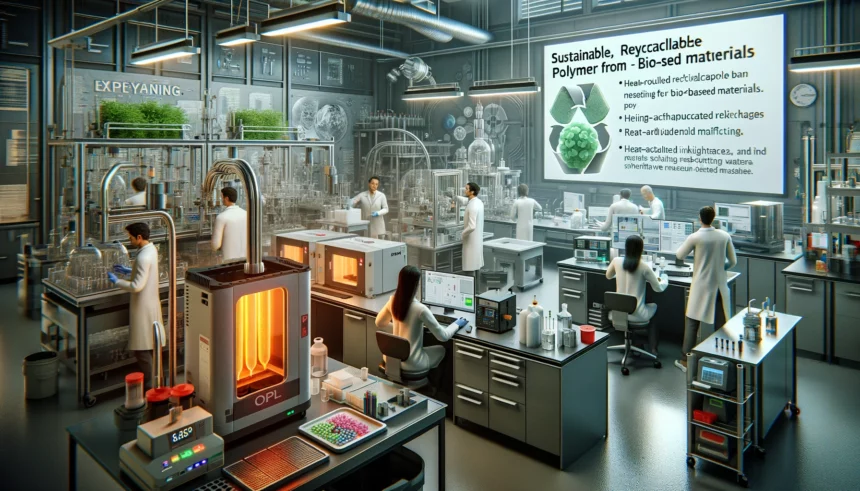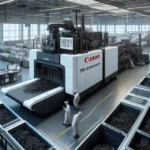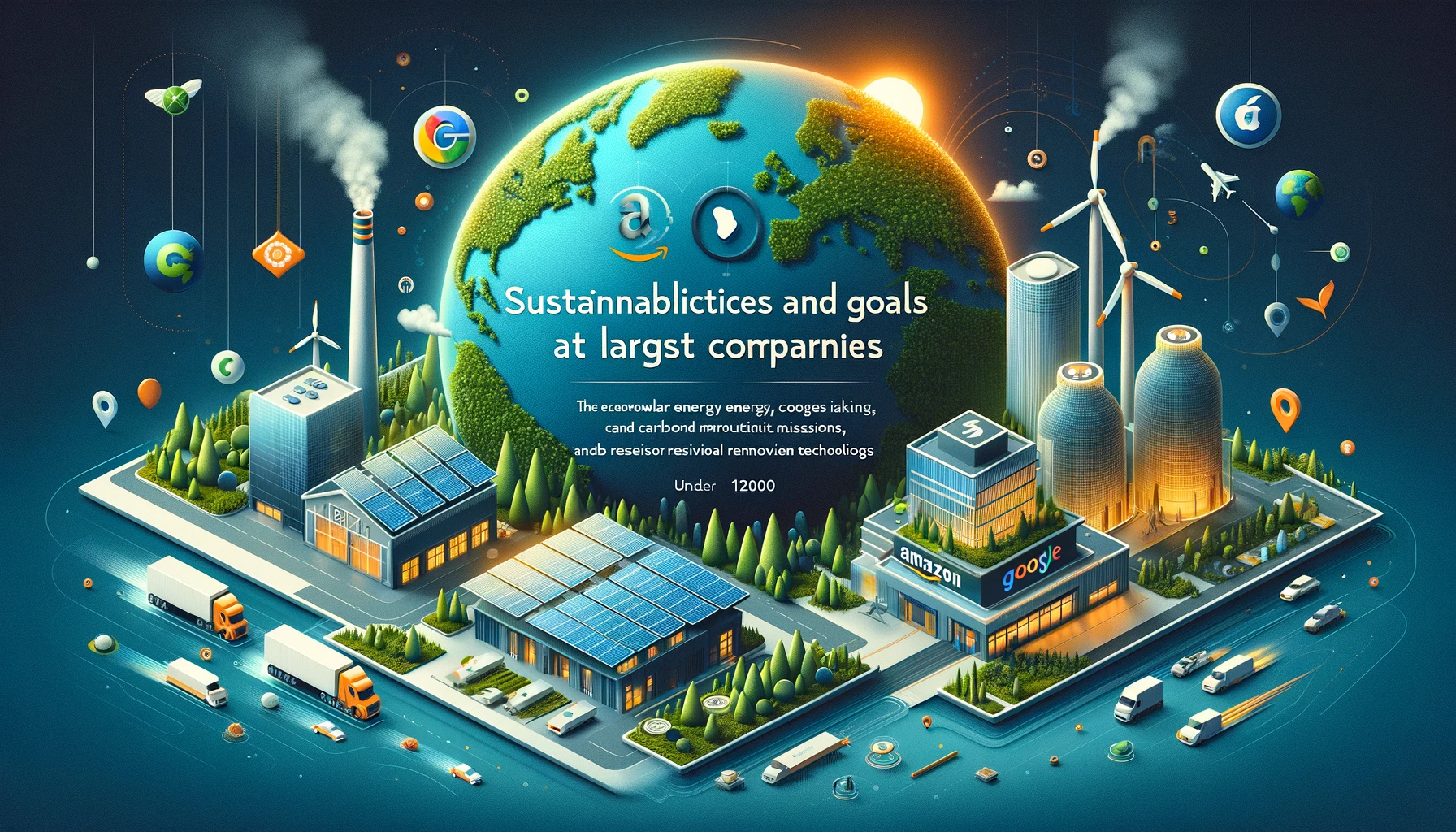Scientists at Oak Ridge National Laboratory (ORNL) have made a significant breakthrough in creating sustainable, soft materials. They have ingeniously combined rubber with woody reinforcements and integrated “smart” linkages that can be activated on demand. This innovation allows the material to be recycled and reused efficiently, making a considerable impact on material waste and manufacturing processes.
Key Highlights
- Smart Linkages: The material incorporates unique linkages that can be unlocked by heat, enabling it to flow and be reshaped for rapid circular manufacturing.
- Bio-Based Feedstocks: The polymer is created using 100% bio-based feedstocks, promoting sustainability.
- Rapid Manufacturing: When heated above 250 degrees Fahrenheit, the material transitions swiftly to a form that can be injected into molds or 3D printed.
- Publication: This groundbreaking work is published in the journal Polymer Chemistry.
Innovative Process
The process developed by ORNL scientists is not only sustainable but also solvent-free, making it environmentally friendly. Here’s a closer look at the process:
- Reactive Process: The polymer is synthesized through a reactive process that does not involve solvents, reducing potential environmental harm.
- Reformable Material: Unlike traditional nonrecyclable elastomers, the ORNL material can be reformed and reused, greatly enhancing its utility and lifecycle.
Expert Insights
Sargun Rohewal, a graduate student at the University of Tennessee-Oak Ridge Innovation Institute’s Bredesen Center, shared his thoughts on the development:
“We developed a ‘smart’ polymer using 100% bio-based feedstocks in a solvent-free reactive process.”
Amit Naskar, leader of ORNL’s Carbon and Composites group, emphasized the material’s transformative potential:
“Unlike nonrecyclable conventional elastomers, ORNL’s material—when heated above 250 degrees Fahrenheit—swiftly transitions to a reformable material that can be injected into molds or 3D printed.”
Future Directions
The research team is now focusing on enhancing the mechanical performance and heat resistance of these recyclable elastomers. This will open doors to diverse applications, including:
- Fiber-Reinforced Composite Products: Improved mechanical properties will enable the use of these materials in more demanding applications.
- Welding and 3D Printing: Enhanced heat resistance and performance will facilitate advanced manufacturing techniques like welding and 3D printing.
Visual Summary
To help you visualize this innovative process, here’s a simple breakdown:
- Materials Used: Rubber and woody reinforcements
- Smart Linkages: Heat-activated, allowing reshaping
- Temperature: Above 250°F for reformation
- Applications: Injection molding, 3D printing
Conclusion
The development of this smart, recyclable polymer marks a significant step forward in sustainable material science. By enabling the recycling of rubbery materials and promoting circular manufacturing, ORNL scientists are paving the way for more eco-friendly and efficient industrial processes. This innovation not only addresses material waste but also opens up new possibilities for manufacturing and product design.
















